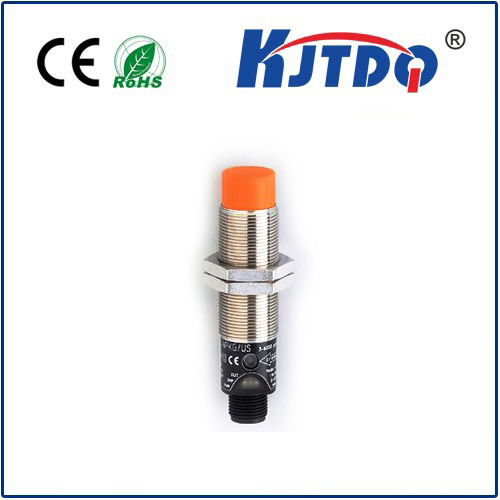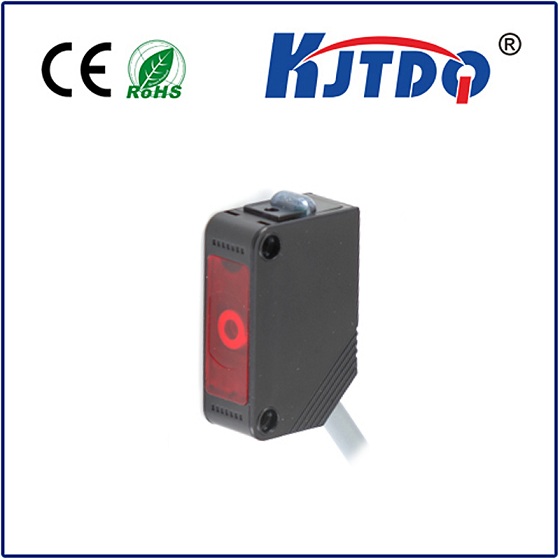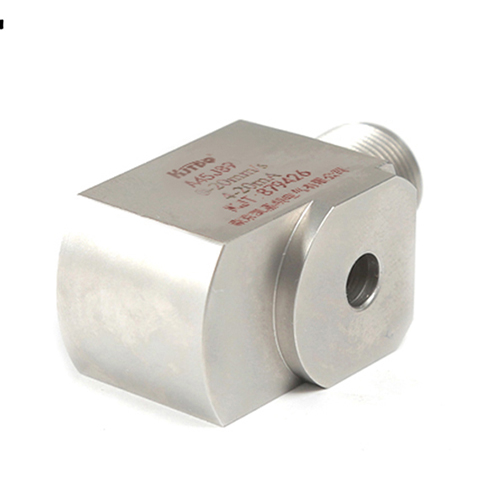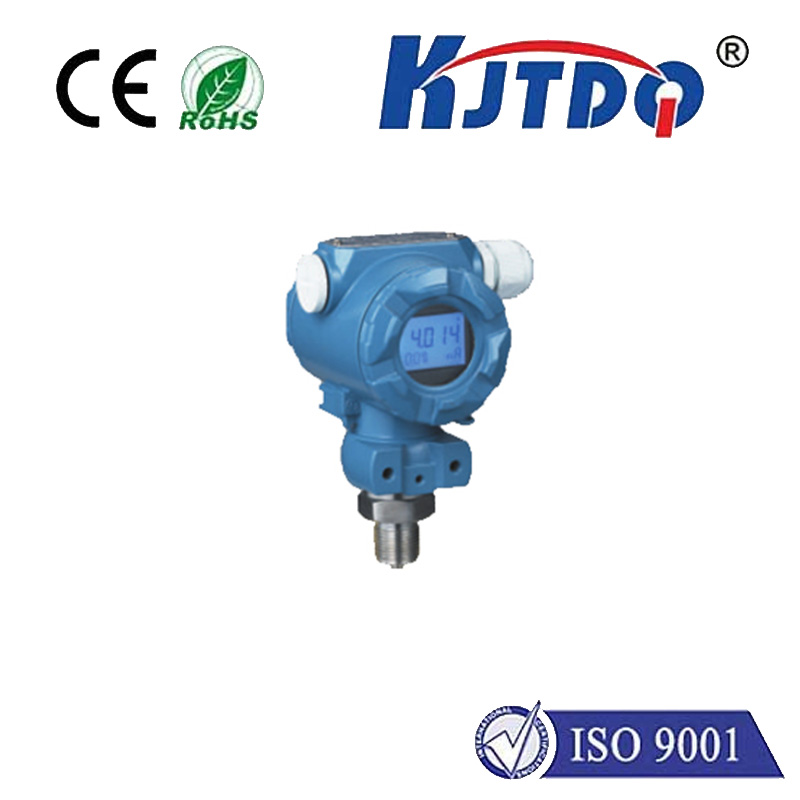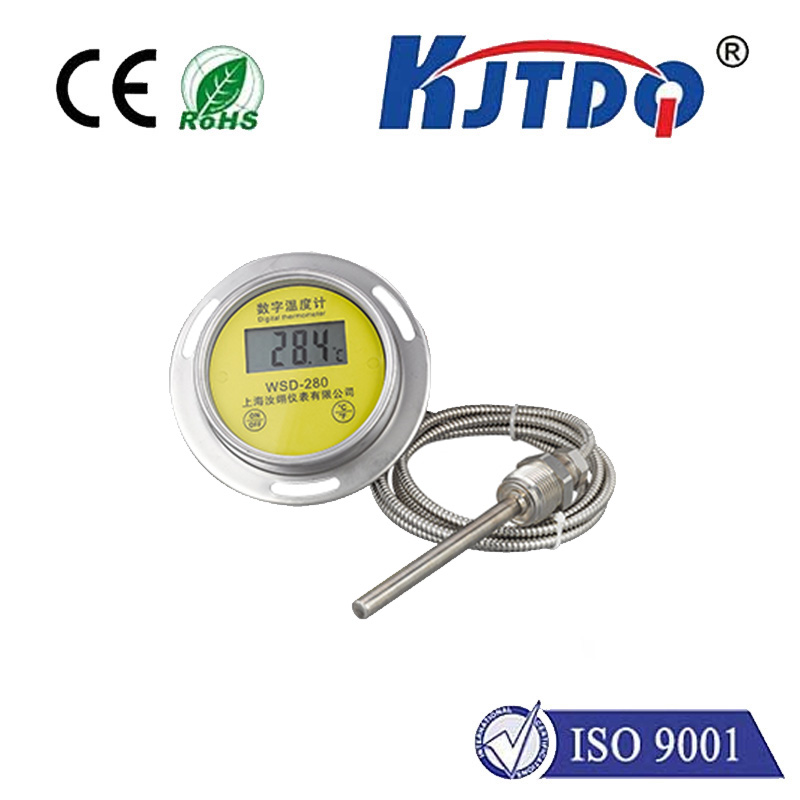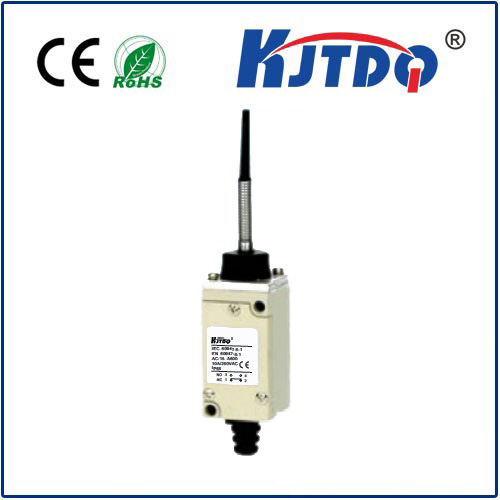

check

check

check

check
Imagine technology so small it hides within a single strand of your hair, yet so powerful it can detect the faintest whisper of a chemical, the subtle shift of a biological molecule, or trace pollutants in water thinner than a fraction of a hair’s width. This isn’t science fiction; this is the tangible reality powered by nano optical sensors. These tiny marvels, operating at the intersection of nanotechnology and photonics, are quietly revolutionizing how we sense, monitor, and interact with the world around us at its most fundamental level.
Bridging Two Worlds: Nanotech Meets Photonics
At their core, nano optical sensors exploit the unique interactions between light and matter at the nanoscale. When materials are shrunk down to dimensions smaller than the wavelength of light itself (typically between 1-100 nanometers), fascinating phenomena occur. Light can be confined, amplified, and manipulated in extraordinary ways. Nanoscale optical sensors leverage these phenomena, using carefully engineered nanostructures like nanoparticles, nanowires, nanoantennas, photonic crystals, or quantum dots to interact with target analytes (the substances they detect).
The magic happens when light – whether in the form of a laser beam or broadband illumination – interacts with these designed nanostructures. The presence or specific properties of a target analyte near or bound to the nanostructure causes measurable changes in the light. This change could be:

Detecting these minute changes in light properties is how the sensor “sees” its target, transforming a physical or chemical event into a measurable optical signal.
Why Go Nano? The Compelling Advantages
Moving detection capabilities into the nanoscale realm unlocks unprecedented possibilities:
Transforming Industries: Where Nano Optical Sensors Shine
The applications for these powerful tiny detectors are vast and growing rapidly:
Navigating the Path Forward
Despite the tremendous promise, the journey for widespread adoption of nano optical sensors involves ongoing research and development. Key challenges include ensuring reliable and scalable manufacturing of these intricate nanostructures, achieving consistent surface functionalization for long-term stability and specificity, developing cost-effective readout systems suitable for field deployment, and fully understanding long-term biocompatibility for implantable devices. Integration with microfluidics for sample handling and with electronics and wireless communication for data transmission also presents engineering hurdles. Yet, the pace of innovation in nanomaterials science, photonics, and microfabrication is rapidly addressing these challenges.
The Future is Nanoscale and Optical
From whispering the secrets of single molecules to vigilantly guarding our environment and health, nano optical sensors represent a paradigm shift in detection technology. Their unique ability to harness light at the atomic scale for sensing offers a potent combination of sensitivity, specificity, speed, and miniaturization unmatched by conventional methods. As fabrication techniques mature and integration challenges are overcome, these invisible sentinels will become increasingly woven into the fabric of our technological reality. They are not merely smaller sensors; they are the key to unlocking a new era of precision, insight, and control over the infinitesimal forces that shape our world and well-being. The revolution might be invisible to the naked eye, but its impact will be profoundly visible across countless aspects of our lives.

